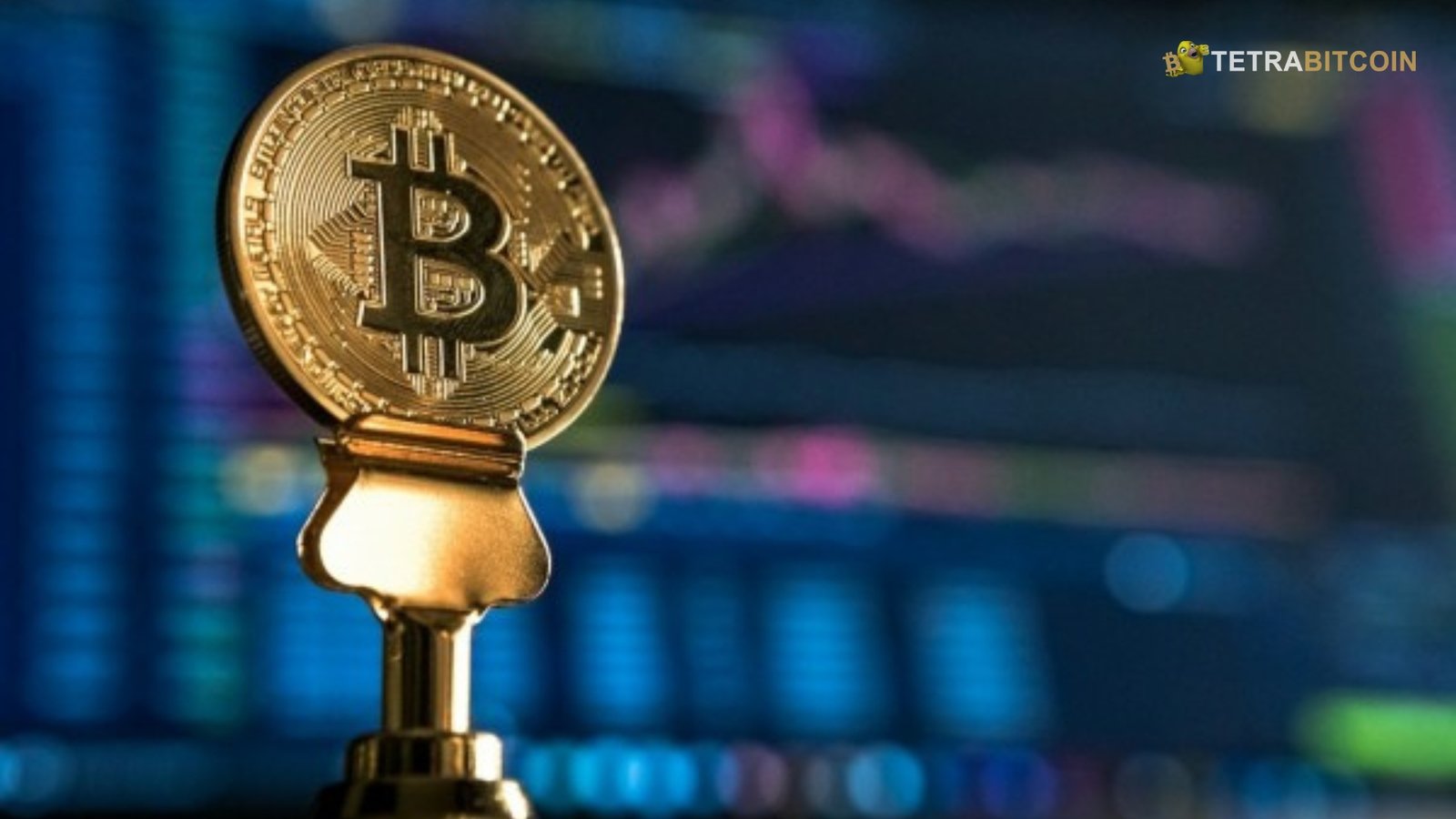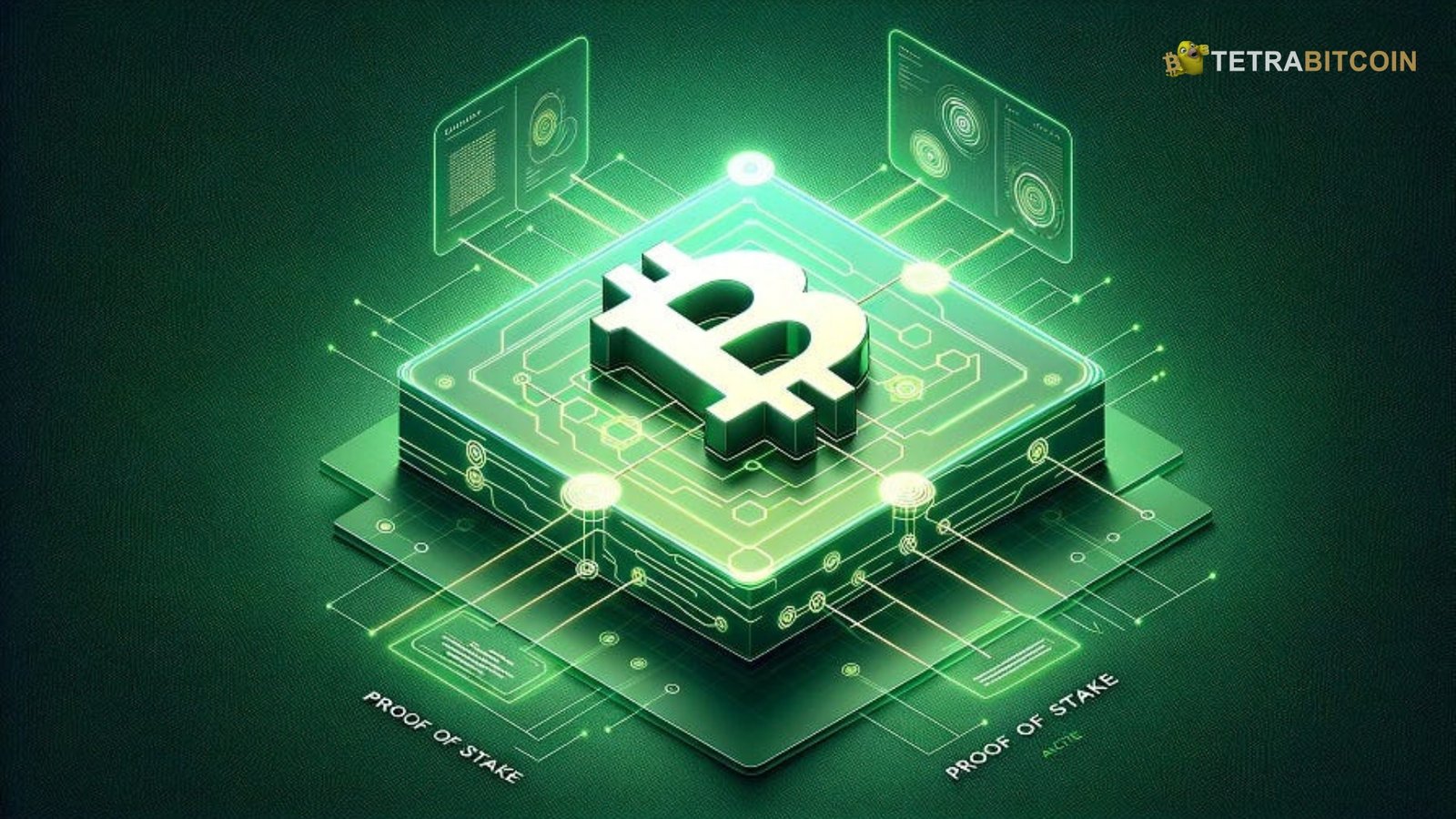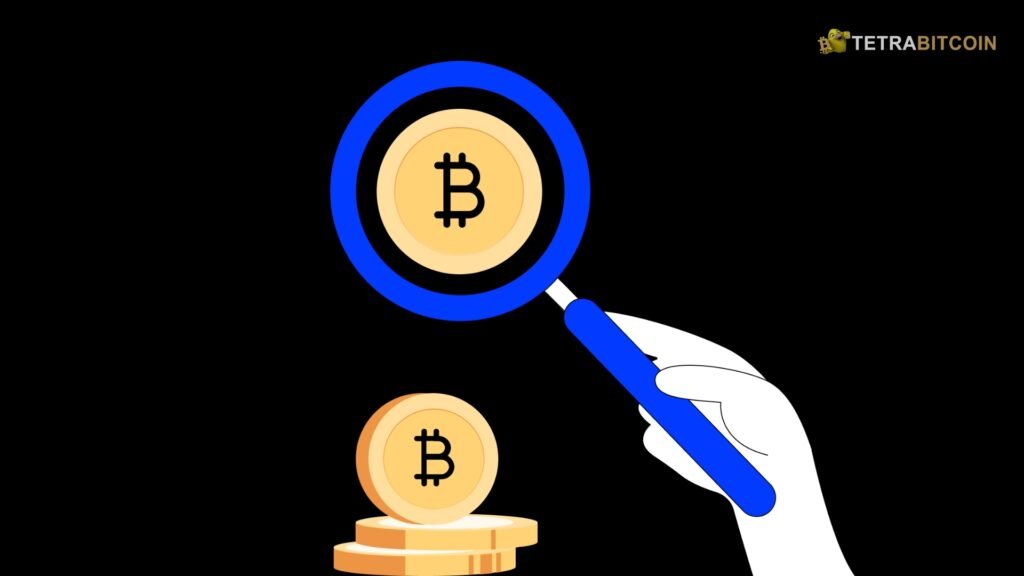Bitcoin Sentiment Analysis: As we progress through 2024, the global financial landscape continues to be influenced by the rapidly evolving world of cryptocurrencies, with Bitcoin remaining at the forefront. Bitcoin, often seen as the barometer for the entire cryptocurrency market, has experienced significant fluctuations in its sentiment over the past year. This article delves into Bitcoin’s current sentiment, examining the factors driving market perceptions and what they might signal for the future.
The Sentiment Landscape in 2024
Sentiment analysis, a powerful tool for gauging market emotions, involves analyzing data from social media, news outlets, and other public platforms to determine the overall mood or attitude toward a particular asset. In the case of Bitcoin, sentiment analysis can provide valuable insights into investor behavior and market trends.
As of 2024, Bitcoin’s sentiment is mixed, characterized by a tug-of-war between bullish optimism and bearish caution. Several key factors drive this dichotomy, including regulatory developments, macroeconomic conditions, technological advancements, and the broader adoption of cryptocurrencies.
Regulatory Environment: A Double-Edged Sword
The regulatory environment is one of the most significant factors influencing Bitcoin sentiment in 2024. Over the past year, governments and financial institutions have ramped up efforts to regulate cryptocurrencies. In some regions, this has increased investor confidence, as clear regulations are seen as a step toward legitimizing Bitcoin and reducing its volatility.
For instance, the market has generally received the European Union’s Markets in Crypto-Assets (MiCA) regulation, which came into effect in early 2024. It provides a comprehensive framework for regulating digital assets, offering protection for investors, and establishing a transparent legal environment for crypto businesses to operate. This has contributed to a more positive sentiment in Europe, where Bitcoin is increasingly considered a viable investment.
However, not all regulatory developments have been positive. In the United States, for example, the Securities and Exchange Commission (SEC) has continued to take a hardline stance on Bitcoin and other cryptocurrencies, particularly regarding approving Bitcoin ETFs. Despite several high-profile applications, the SEC has remained reluctant to approve a spot Bitcoin ETF, citing market manipulation and investor protection concerns. This dampens sentiment among U.S. investors, increasing uncertainty and volatility.
Macroeconomic Factors: Inflation, Interest Rates, and Geopolitical Tensions
The broader macroeconomic environment also plays a crucial role in shaping Bitcoin sentiment. In 2024, the global economy grapples with several challenges, including persistent inflation, rising interest rates, and geopolitical tensions. These factors have created a complex backdrop for Bitcoin, which has traditionally been viewed as both a hedge against inflation and a risky asset.
On one hand, the ongoing inflationary pressures have reinforced Bitcoin’s appeal as a store of value. Investors looking to protect their wealth from the eroding effects of inflation have increasingly turned to Bitcoin, viewing it as “digital gold.” This has bolstered positive sentiment among specific segments of the market, particularly long-term holders and institutional investors.
On the other hand, the rising interest rates implemented by central banks to combat inflation have posed a challenge for Bitcoin. Higher interest rates tend to make traditional assets like bonds more attractive, potentially drawing capital away from riskier assets like Bitcoin. Additionally, strengthening the U.S. dollar, driven by these rate hikes, has put downward pressure on Bitcoin’s price, contributing to a more cautious sentiment.
Geopolitical tensions, particularly in Eastern Europe and Asia-Pacific regions, have also influenced Bitcoin sentiment. While some investors view Bitcoin as a haven during geopolitical instability, others are concerned about the potential for increased regulation or government intervention in the crypto space. This uncertainty has led to a more neutral or even negative sentiment among certain market participants.
Technological Advancements: The Promise of Scalability and Sustainability
Technological developments within the Bitcoin ecosystem are another critical factor driving sentiment. In 2024, significant advancements were made in Bitcoin’s scalability and sustainability, both of which are crucial for its long-term adoption and success.
The implementation of the Lightning Network, a second-layer solution designed to improve Bitcoin’s scalability, has continued to gain traction. The Lightning Network enables faster and cheaper transactions by processing them off-chain, reducing the load on the Bitcoin blockchain. This has led to increased optimism among Bitcoin enthusiasts and developers, who see it as a solution to one of Bitcoin’s most significant challenges: scalability.
Moreover, Bitcoin’s energy consumption, which has long been a criticism, is being addressed through various initiatives to make mining more sustainable. The shift towards renewable energy sources, coupled with innovations in energy-efficient mining technologies, has helped to alleviate some of the environmental concerns associated with Bitcoin. This has contributed to a more positive sentiment, particularly among environmentally-conscious investors.
Adoption and Integration: Bitcoin in the Mainstream
Another critical driver of Bitcoin sentiment in 2024 is its increasing adoption and integration into the mainstream financial system. Over the past year, there has been a notable rise in businesses and institutions accepting Bitcoin as a form of payment. This trend has been particularly pronounced in the retail and e-commerce, where companies leverage Bitcoin to attract tech-savvy customers and tap into the growing crypto economy.
In addition, the integration of Bitcoin into traditional financial services has continued to advance. Major financial institutions, including banks and asset managers, offer Bitcoin-related products and services, such as custodial services, trading platforms, and investment vehicles. This has helped to legitimize Bitcoin in the eyes of both retail and institutional investors, fostering a more positive sentiment.
However, challenges remain. The volatility of Bitcoin’s price and the ongoing debate over its use as a medium of exchange versus a store of value continue to fuel uncertainty. While some view Bitcoin’s growing adoption as a sign of its maturation, others are concerned that it may lose its decentralized ethos as it becomes more integrated into the traditional financial system.
Conclusion
As we move further into 2024, the sentiment surrounding Bitcoin remains a complex and dynamic landscape. While numerous factors drive positive sentiment, such as regulatory clarity in certain regions, technological advancements, and increased adoption, there are also significant headwinds, including regulatory uncertainty in key markets, macroeconomic challenges, and the ongoing debate over Bitcoin’s role in the financial system.
For investors and market participants, staying informed about these sentiment drivers is crucial for making informed decisions. As sentiment continues to evolve, monitoring developments in regulation, technology, macroeconomics, and adoption will be essential to navigate the ever-changing waters of the Bitcoin market.

